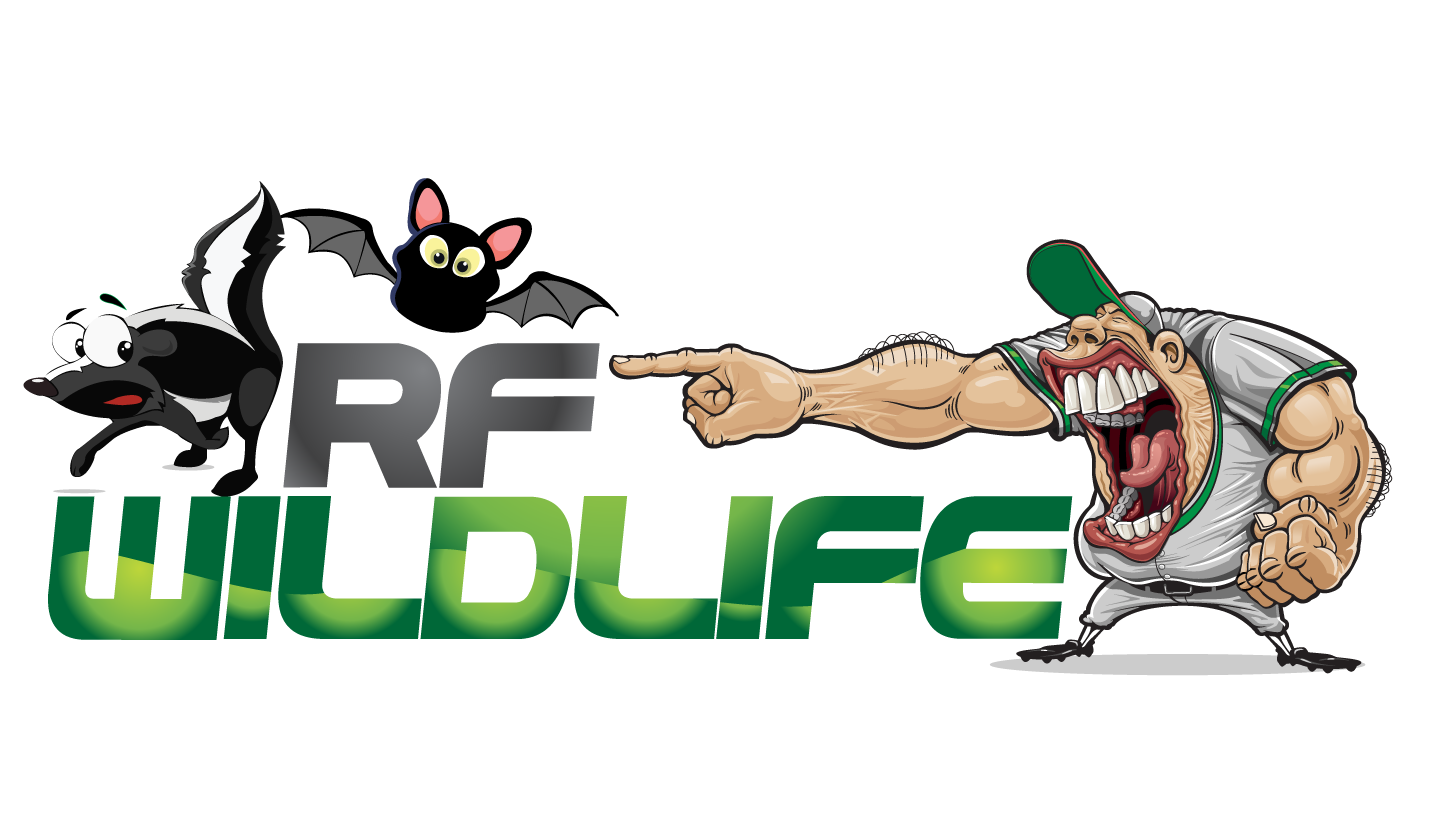Raccoons Move into Connecticut Suburbia
Coming soon to your neighborhood – the Masked Bandit and all his friends. He’s curious and cute, but not what you would call a good neighbor.
Raccoons make their homes in many different types of environs. They prefer to live near streams or other water sources in established wooded areas. They inhabit most of the United States and southern parts of Canada.
The raccoon’s natural habitat is changing. Urban expansion, agricultural growth and the clear-cutting of forests is forcing the raccoon to migrate, en masse, to suburbs and cities. In fact, more raccoon populations now live in the city than in woodlands.
Raccoons are highly intelligent mammals. They have five fingered toes which allow them to manipulate garbage can lids and open containers with ease. They tend to eat whatever their environment supplies. In the wild, they consume nuts, suck eggs, strip fruit trees, and eat frogs and insects. In the city, they consume all kinds of garbage, dog food and wipe out vegetable gardens. They are a nuisance to farmers. A large pack of raccoons will destroy a corn crop and decimate a fruit orchard.
Housing developments create the ideal habitat for raccoons. They find attics, basements and large drainage pipes to be dry, dark and warm – the perfect nesting ground. With cities providing easy access food and water sources, and the perfect place to live, it is no wonder the raccoon is changing its habits.
Some animal experts believe the raccoon has easily adapted to living among people because the young learn quickly from previous generations. They build upon this knowledge when adjusting to new living conditions, making each successive generation more at home in suburbia than in the woodlands.
Many raccoons have never lived in the wild. These are half-wild, half-tame creatures that rely on people for the necessities of life. City-born raccoons have lost their fear of people. Without this fear, their naturally inquisitive tendencies lead them into dangerous situations such as choosing hazardous places to den, like chimneys and fireplace flues.
In the city, raccoons have few natural enemies; though they are often the victims of roaming dogs and swift automobiles. With their funny habits and winsome ways, raccoons are a source of amusing entertainment. People tend to consider raccoons as cute, loveable animals. Some people feed raccoons regularly, not realizing they are placing the raccoon in a harmful situation.
Cities will continue to grow and farmers will continue to clear woodlands. The raccoon and his family must adjust to the loss of their natural habitat. The raccoon is learning to live side by side with people, but it is a necessary alliance not made by choice.

